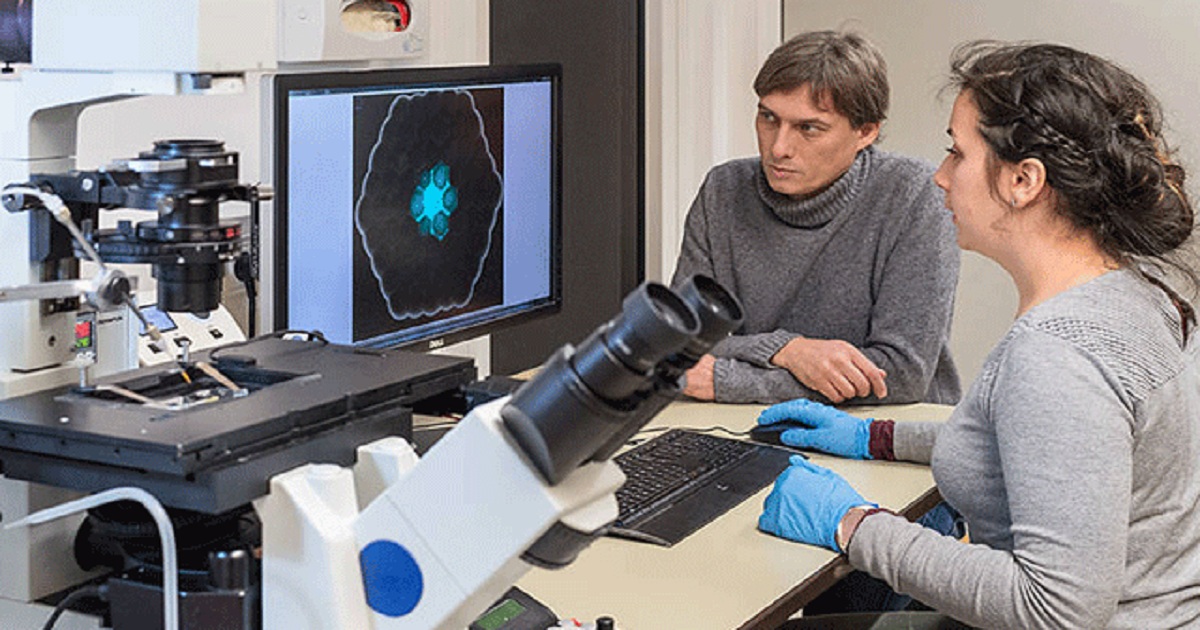Artificial Cells Mimic Living Organisms
Techonology Networks | January 21, 2019

Friedrich Simmel und Aurore Dupin, researchers at the Technical University of Munich (TUM), have for the first time created artificial cell assemblies that can communicate with each other. The cells, separated by fatty membranes, exchange small chemical signaling molecules to trigger more complex reactions, such as the production of RNA and other proteins. Scientists around the world are working on creating artificial, cell-like systems that mimic the behavior of living organisms. Friedrich Simmel and Aurore Dupin have now for the first time created such artificial cell assemblies in a fixed spatial arrangement. The highlight is that the cells are able to communicate with each other. “Our system is the first step towards tissue-like, synthetic biological materials that exhibit complex spatial and temporal behavior in which individual cells specialize and differentiate themselves, not unlike biological organisms,” explains Friedrich Simmel, Professor of Physics of Synthetic Biosystems (E14) at TU Munich.